Chi Linh Mountain - a majestic and rugged mountain range in the West of Thanh Hoa, associated with the difficult beginnings of the Lam Son uprising. This place is also home to the majority of ethnic minorities... With historical and cultural vestiges, beautiful natural scenery, cool climate... Chi Linh Son is gradually "transforming", gradually becoming a destination for community tourism, discovery, and attractive experiences for visitors.
 Ma Hao Waterfall at the foot of Chi Linh Mountain - the place associated with the story of the loyal dog of Lam Son army.
Ma Hao Waterfall at the foot of Chi Linh Mountain - the place associated with the story of the loyal dog of Lam Son army.
Chi Linh Mountain is also known as Pu Rinh Mountain (or Bu Rinh) with the highest peak reaching over 1,000m, lying across the two districts of Lang Chanh and Thuong Xuan of Thanh Hoa. Not only is it a majestic mountain range, Chi Linh Mountain is also one of the bases - associated with the difficult years of the Lam Son uprising.
Going back in history, future generations will learn many interesting things about the famous mountain Chi Linh in the West of Thanh Hoa. More than 600 years ago, the Tran Dynasty weakened and the Ho Dynasty took its place, but it was not popular with the people, causing instability in the country. Taking advantage of that situation, the Northern Ming Dynasty sent troops to invade our country. Under the domination of the Ming invaders, our people's lives were miserable. There were uprisings against foreign invaders in many places, but all failed.
At that time, the Kha Lam Le Loi, the deputy leader of the Kha Lam road, called on people to return to Lam Son mountains and forests to discuss strategies to fight the enemy. After the Lung Nhai Oath, Le Loi proclaimed himself Binh Dinh King and raised the flag of uprising.
In the beginning, the uprising encountered many difficulties due to its weakness and lack of everything. In particular, with the ambition to "strangle" the uprising, the Ming invaders concentrated all their efforts to suppress it. In that situation, with his intelligence, King Binh Dinh Le Loi decided to withdraw his troops to the high mountains of Muong Mot (believed to be Bat Mot today), from here advancing deep into Chi Linh mountain. At that time, all roads leading to Chi Linh mountain were "locked" by the enemy, they sent troops to search everywhere, determined to capture the commander Le Loi.
The Lam Son army fell into a dangerous situation, with little food, no way to travel, soldiers suffered, hunger, cold, disease, and the soldiers' morale was shaken... In a "life-threatening" situation, to relieve the siege, in the mountains and forests of Chi Linh, Le Lai "risked his life to save his lord".
“This is not only a strategy but also a bold and strategic decision in the military art of Le Loi in the mountainous area of Lang Chanh. This land witnessed the steadfast sons of the nation sacrificing themselves for independence and freedom... And this land also witnessed the special and rare events of the arduous long-term resistance war, was the bloody battlefield, where the “bloody path” was opened to deceive the enemy to escape the most dangerous situation in the early period of being surrounded in Chi Linh - Lang Chanh to preserve the forces and the headquarters - the soul of the resistance war” (Lang Chanh District Geography book).
After a period of consolidating their forces, the Lam Son insurgents left Chi Linh mountain and had fierce battles with the Ming invaders, causing the enemy to panic. Therefore, the enemy became even more frantic in their efforts to crush the uprising. At that time, the Lam Son insurgents once again had to retreat to the Chi Linh mountains and forests. Here, the Lam Son insurgents were supported by the people of various ethnic groups, sharing the same fate and hardships as the insurgents in the fight against foreign invaders.
During the time in the Lang Chanh mountains, Le Loi, his generals and the insurgents remained steadfast, maintained their spirit, and were determined to overcome the dangers. The support of the ethnic people in the Chi Linh and Lang Chanh mountains, along with the resourcefulness of the food transport general Nguyen Nhu Lam, helped the Lam Son insurgents overcome the difficult days, escape the siege and search of the Ming army, and survive and develop.
During the Lam Son uprising, the insurgents retreated to Chi Linh mountain many times to preserve and consolidate their forces. And each time they retreated to Chi Linh, they were in dangerous situations. Assessing the role of Chi Linh mountain in the Lam Son uprising, many researchers have agreed that it was truly "a place to leave, a place to return". Returning to take refuge, hide, and restore forces. From here, they continued to go out to fight...
Not only was it one of the bases of the Lam Son uprising, according to author Bui Van Nguyen (book Patriotism in Literature during the Lam Son uprising), it was at Chi Linh mountain that an important oath took place - after the Lung Nhai Oath: “It is not clear, when the uprising first began, after the Lung Nhai Oath, what other oaths were there between Le Loi and the generals? It is only known that after the ninth day of the first lunar month of the year Mau Tuat (1418), when the enemy surrounded and Le Lai changed his clothes to save his life, Le Loi went into hiding in Chi Linh mountain and on the eighteenth day of that month, he held an oath with the 35 generals present. This could be an important oath to both strengthen trust and expand the force... Linh Son, although ranked after Lam Son, is a much more dangerous land than Lam Son. The four times Le Loi and his army retreated to Linh Son, they were four times in danger”.
Going through time, returning to the majestic mountains and forests of Chi Linh on Lang Chanh land, following the flow of history, future generations are again "immersed" in the atmosphere of the heroic uprising of the past, through stories and legends.
Legend has it that once, the Ming army besieged Chi Linh mountain for a long time, causing the insurgents to run out of food and water. At that time, from afar, they heard the sound of a cuckoo, the soldiers followed the sound of the cuckoo and found a water source. From then on, the people in the area believed that cuckoos were birds of merit, so they did not eat them. Instead, they would offer bamboo-tube rice and roasted chicken... (according to the book of Lang Chanh district geography).
Ma Hao waterfall (Ma Hao means yawning dog) in Tri Nang commune (Lang Chanh district) is associated with the legend of the loyalty of a dog following the Lam Son insurgents. According to legend, once when the Ming invaders led a pack of ferocious mastiffs to chase him, the loyal dog following Binh Dinh King Le Loi "sacrificed himself" and bit back the ferocious mastiffs, allowing the insurgents to successfully cross the waterfall. Moved by the dog's loyalty, Binh Dinh King Le Loi later named the waterfall Ma Hao.
Also in the Nang Cat village area, Tri Nang commune (Lang Chanh) - the central area of Chi Linh mountain, there used to be a temple to worship Lam Son insurgents and a temple to worship Le Loi. Today, the temple to worship Lam Son insurgents at the foot of Ma Hao waterfall has been restored.
From a historical space, Chi Linh mountain today has also become a tourist destination, a cultural discovery for visitors from near and far. In particular, in Tri Nang commune, where Ma Hao waterfall (Chi Linh mountain) and Nang Cat community eco-tourism area are gradually becoming favorite destinations.
In particular, in recent years, the Chi Linh Son festival has taken place at the Nang Cat Village - Ma Hao Waterfall Community Ecotourism Area organized by Lang Chanh district with many exciting activities, creating an attraction, attracting tourists to the cultural space at the foot of Chi Linh mountain.
Mr. Trinh Duc Hung, Head of the Department of Culture and Information of Lang Chanh district, said: “Nang Cat is one of the oldest Thai villages in Lang Chanh district. This place marks the Lam Son uprising associated with the base of Chi Linh mountain, and has the advantage of natural landscape, surrounding mountains and forests, fresh and cool climate, and Ma Hao waterfall - one of the beautiful waterfalls of Thanh land... This is an important condition for developing community tourism, exploring and experiencing in Nang Cat village... In order to make Nang Cat truly an attractive destination, Lang Chanh district is completing the procedures for investors to invest in developing community tourism in Nang Cat village...”.
Article and photos: Khanh Loc
Source


![[Photo] Overcoming all difficulties, speeding up construction progress of Hoa Binh Hydropower Plant Expansion Project](https://vstatic.vietnam.vn/vietnam/resource/IMAGE/2025/4/12/bff04b551e98484c84d74c8faa3526e0)
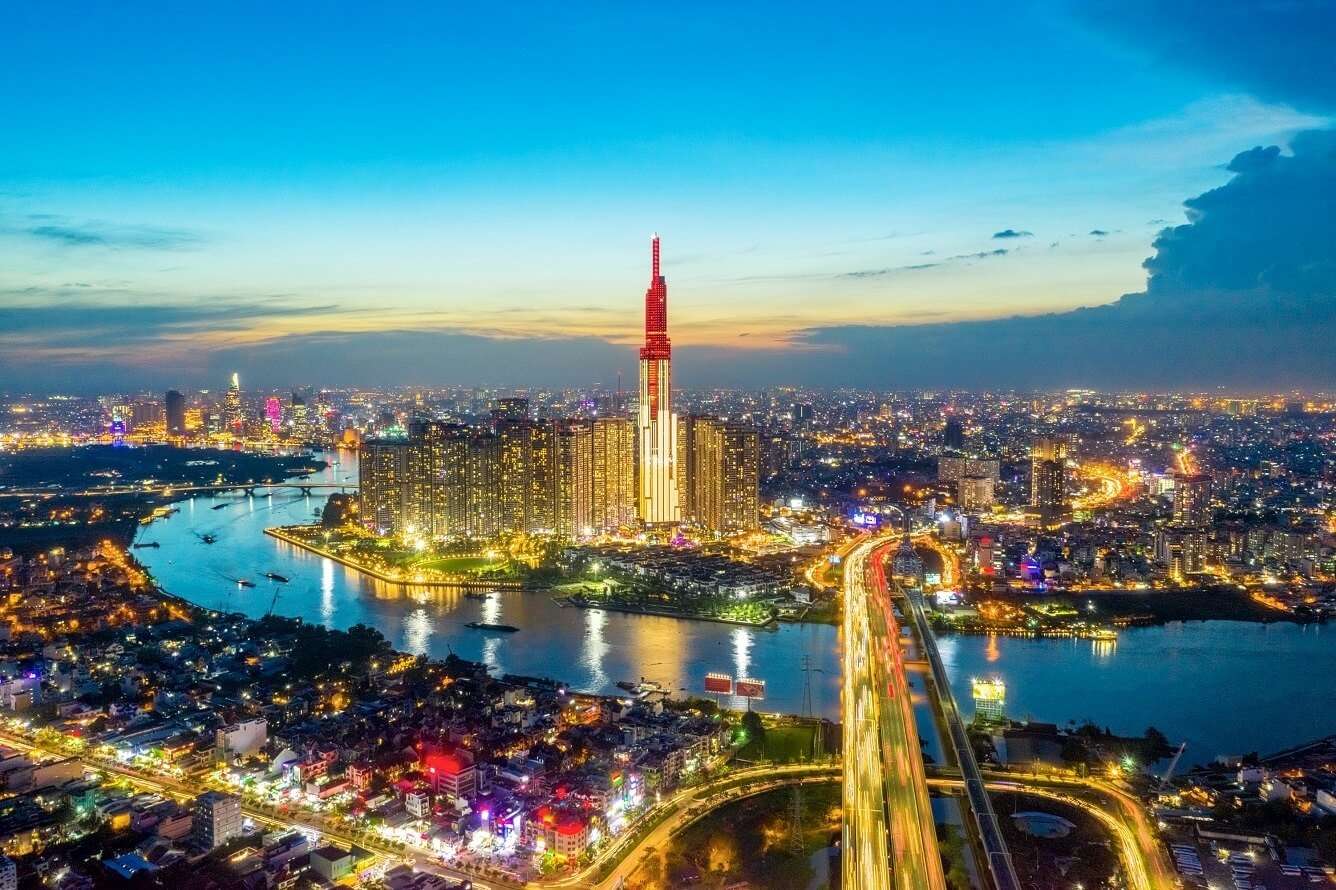
![[Photo] Closing of the 11th Conference of the 13th Central Committee of the Communist Party of Vietnam](https://vstatic.vietnam.vn/vietnam/resource/IMAGE/2025/4/12/114b57fe6e9b4814a5ddfacf6dfe5b7f)



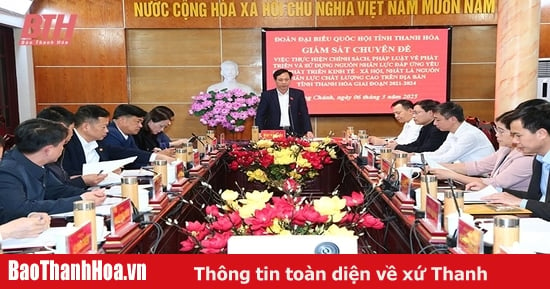

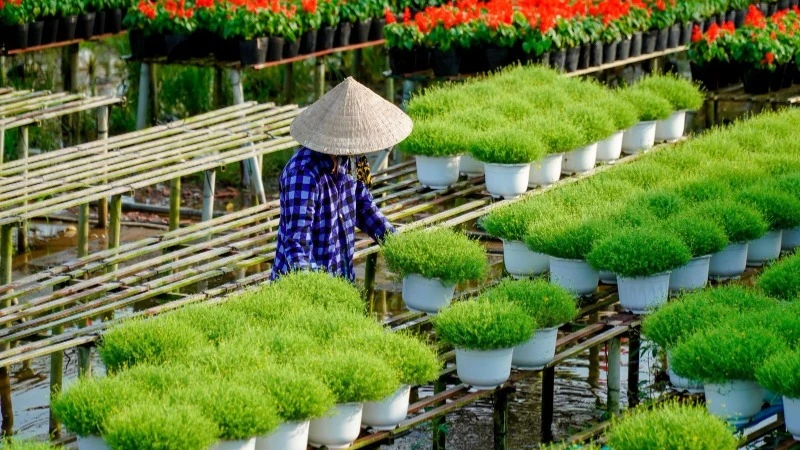

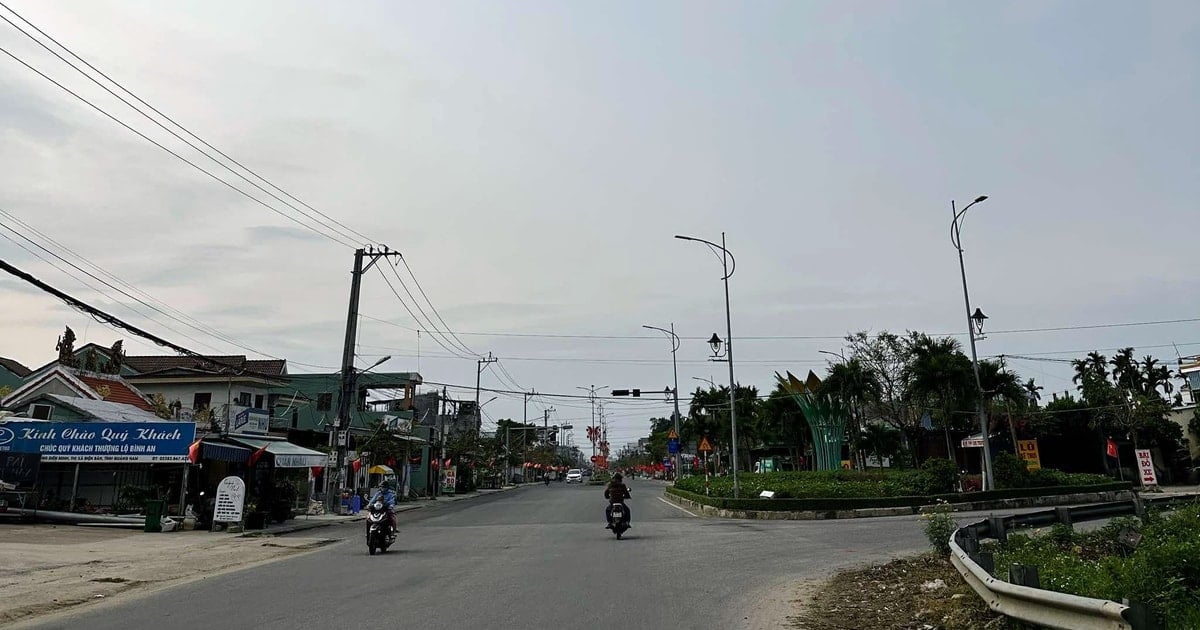
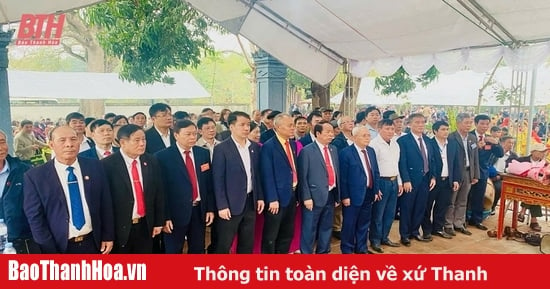
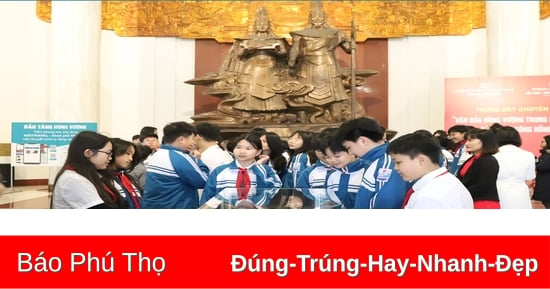
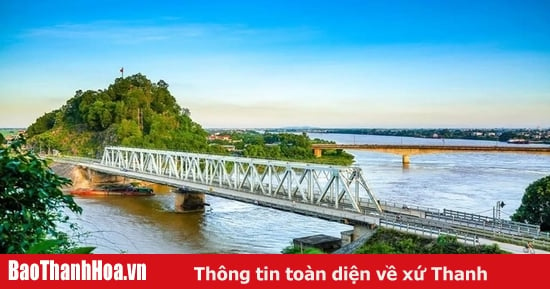


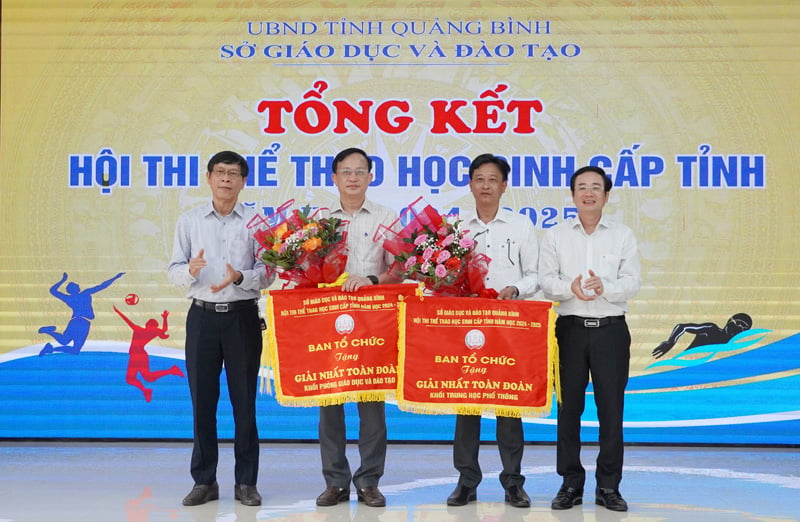
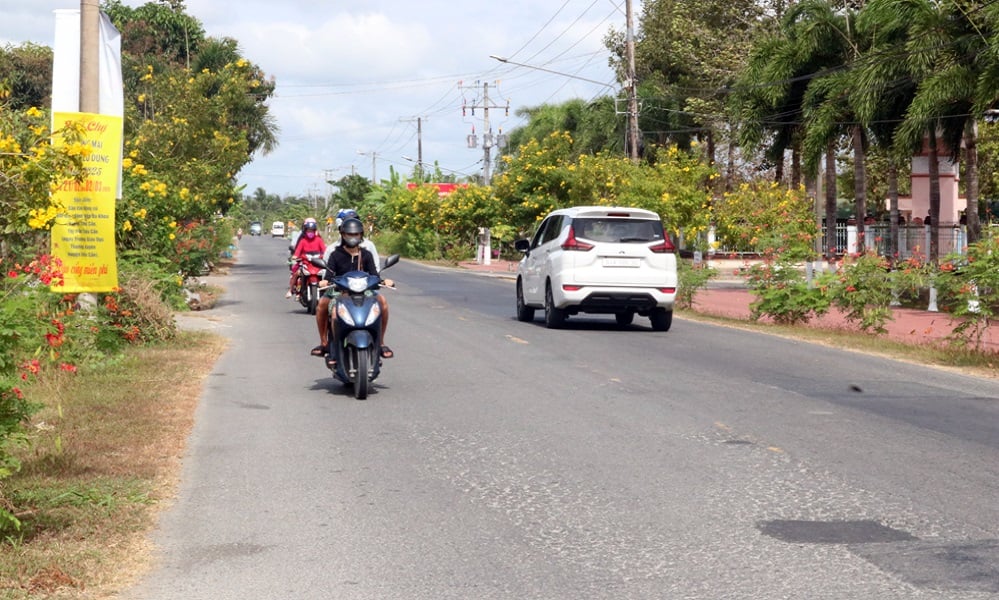
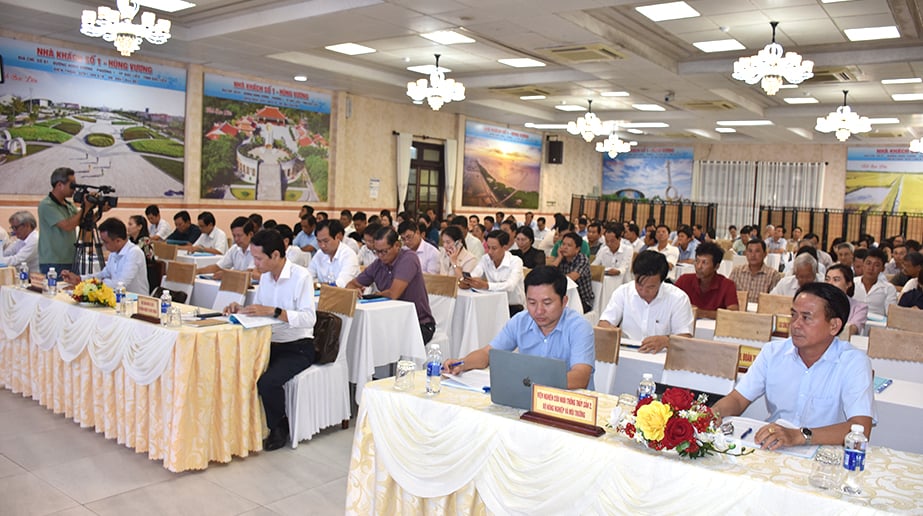
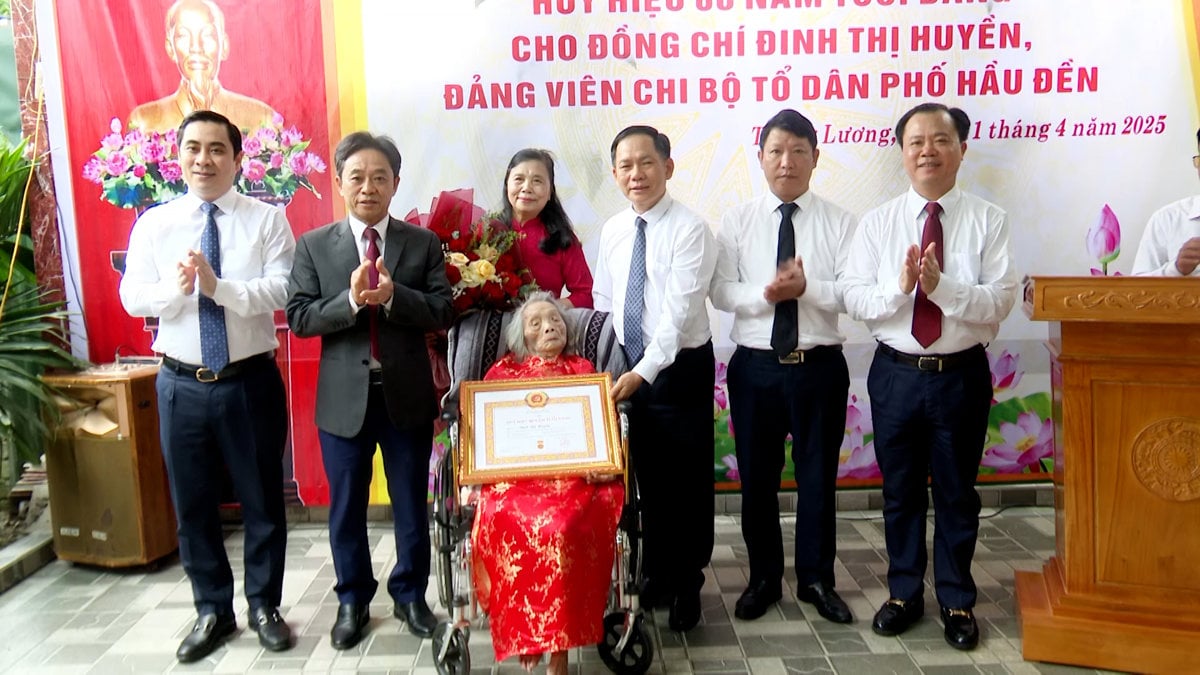



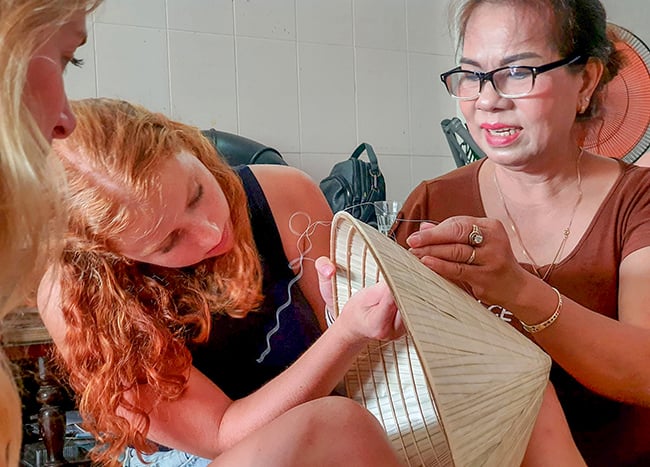
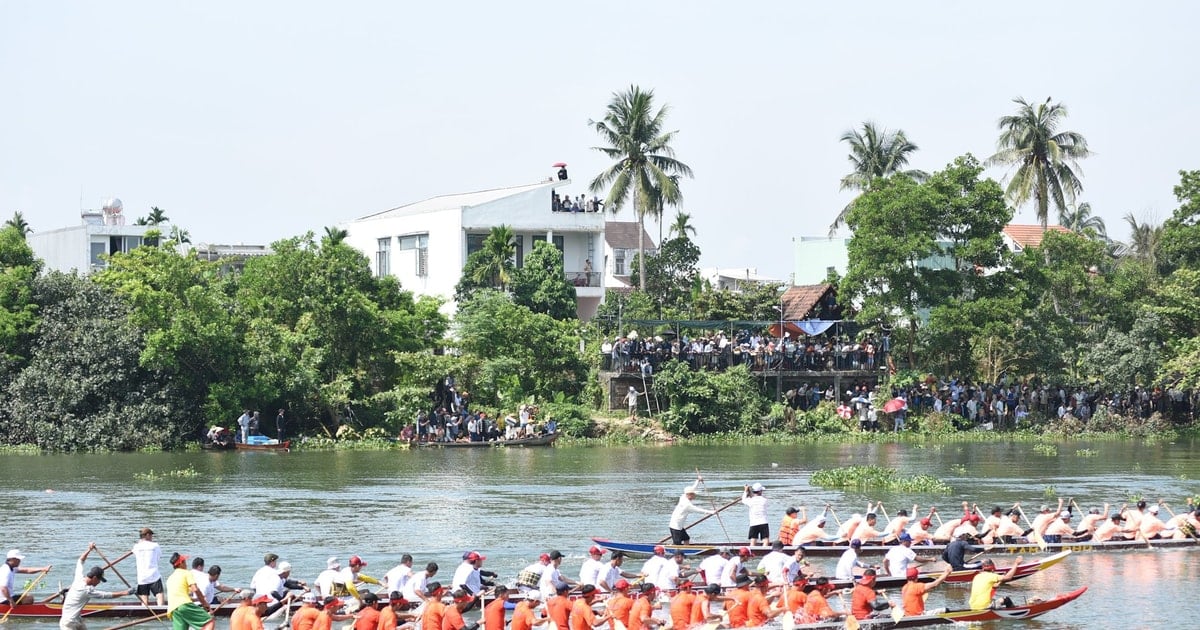
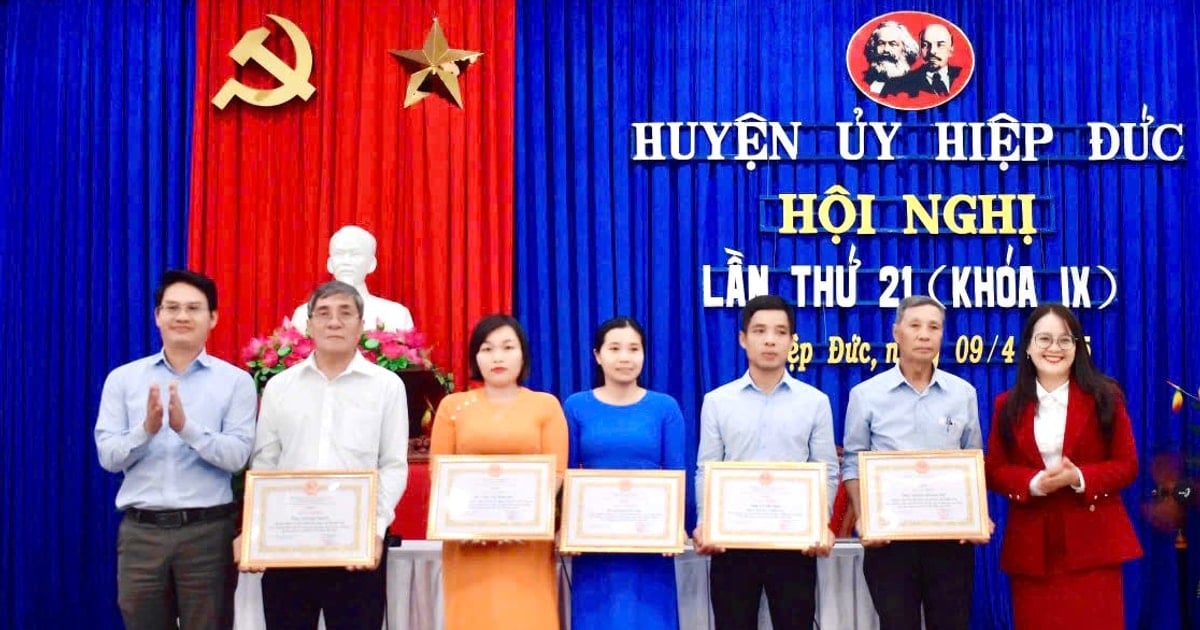
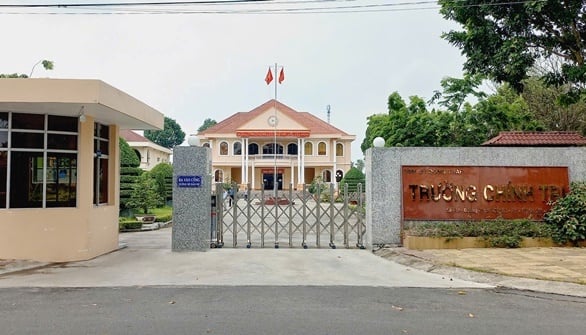


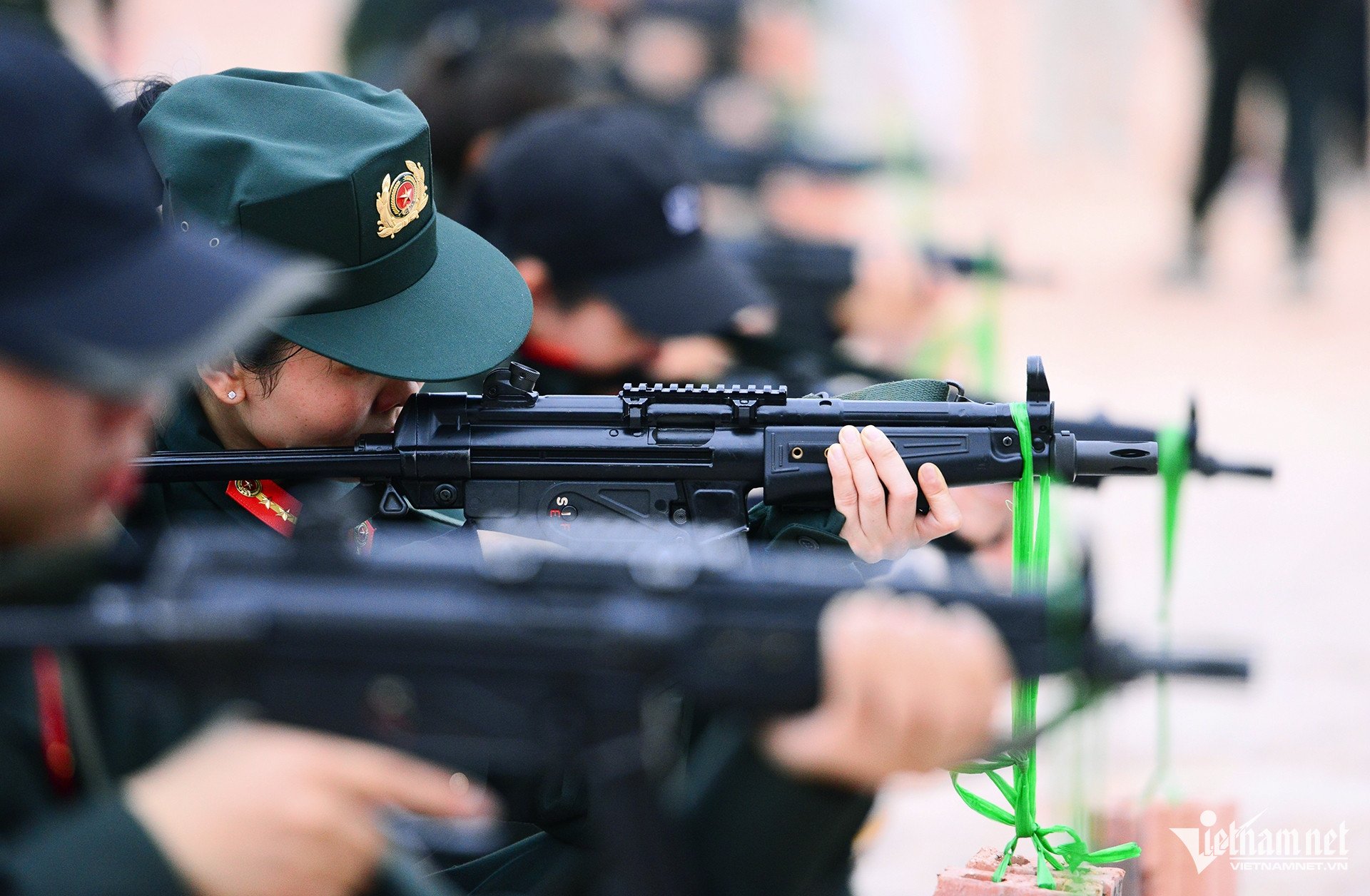
































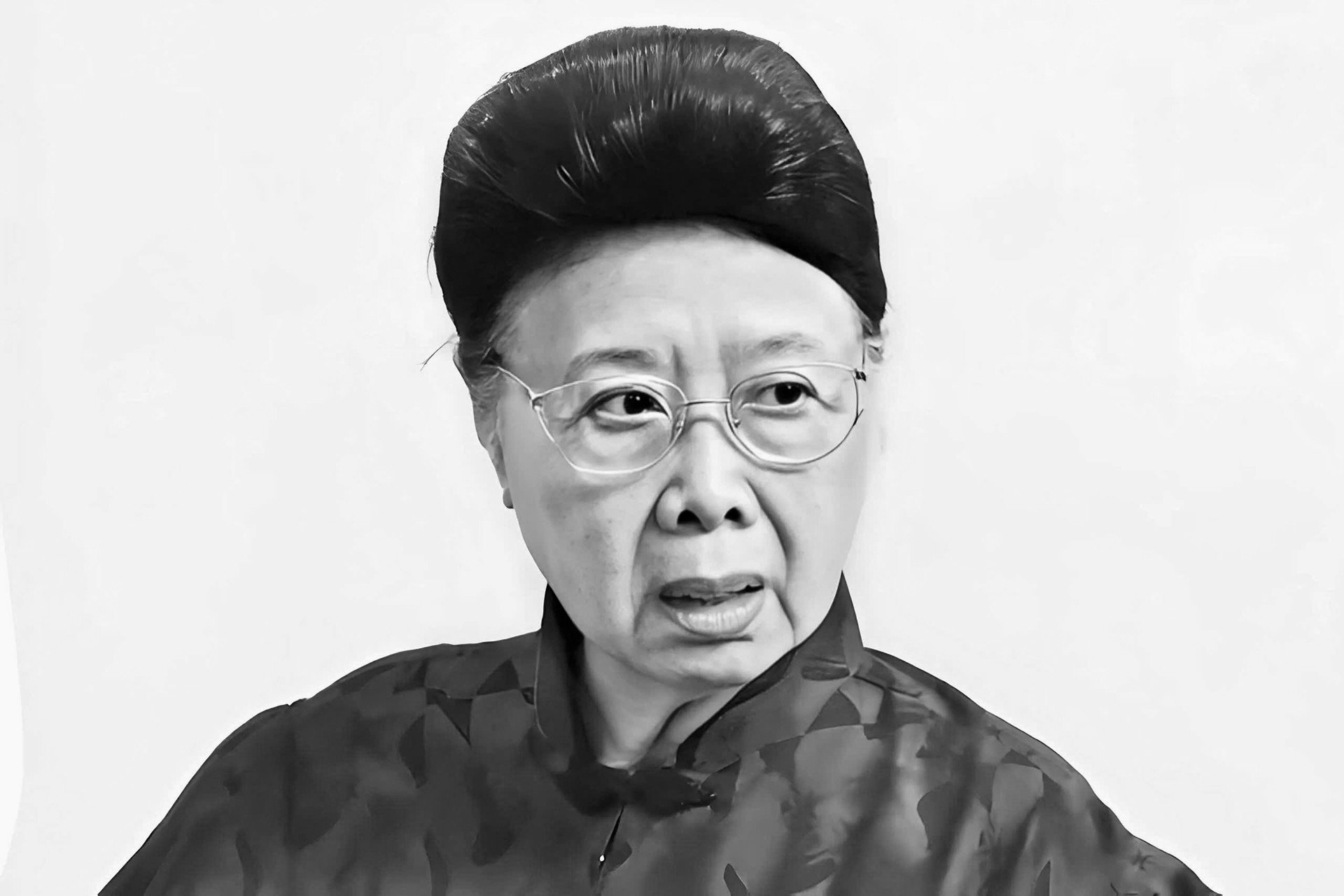
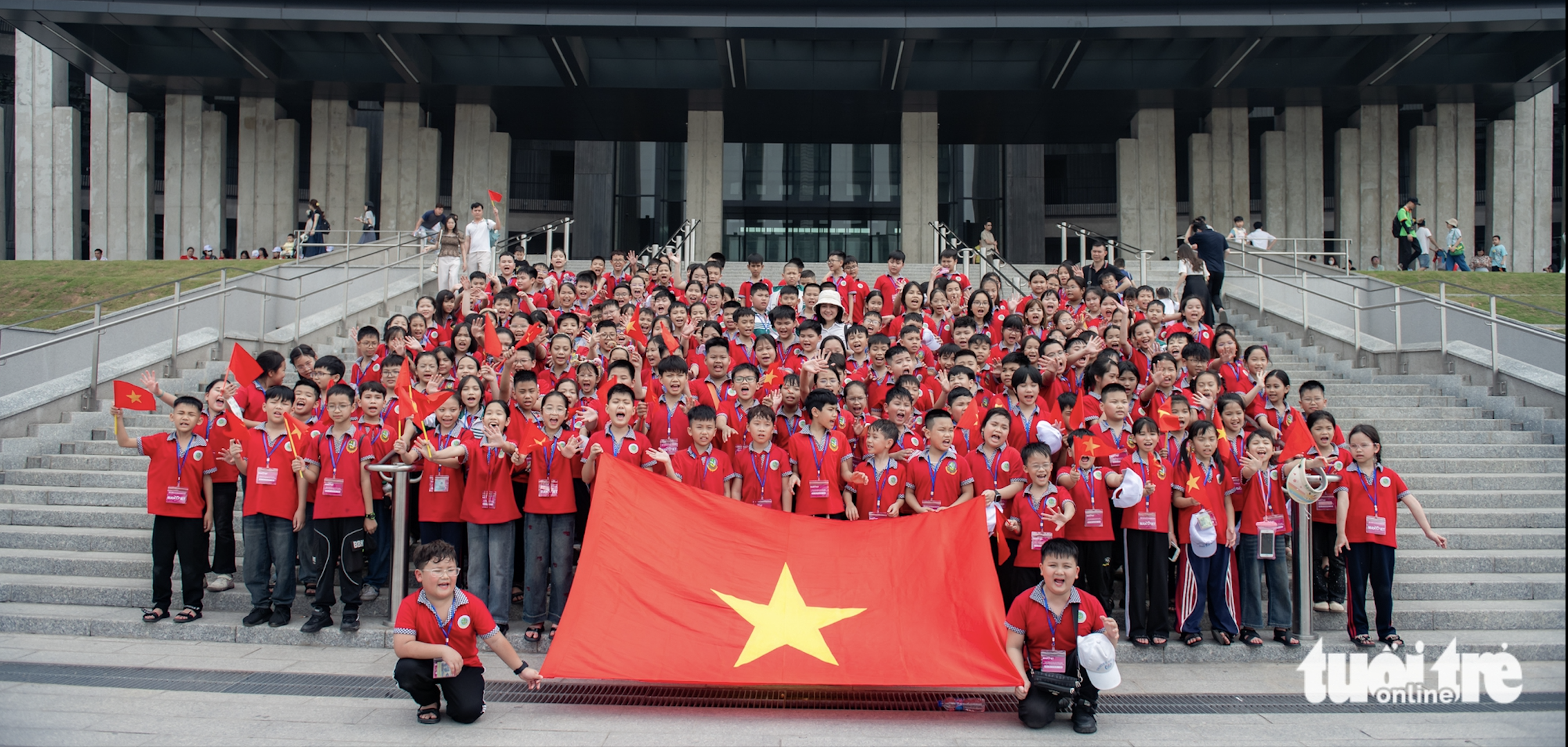








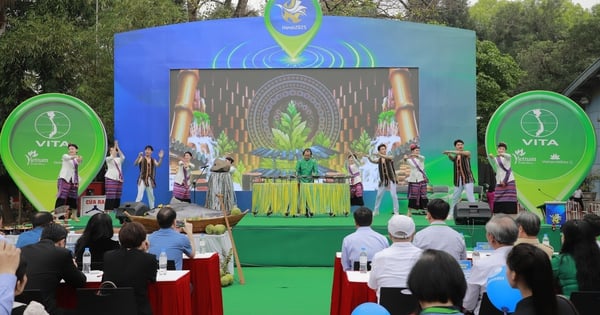
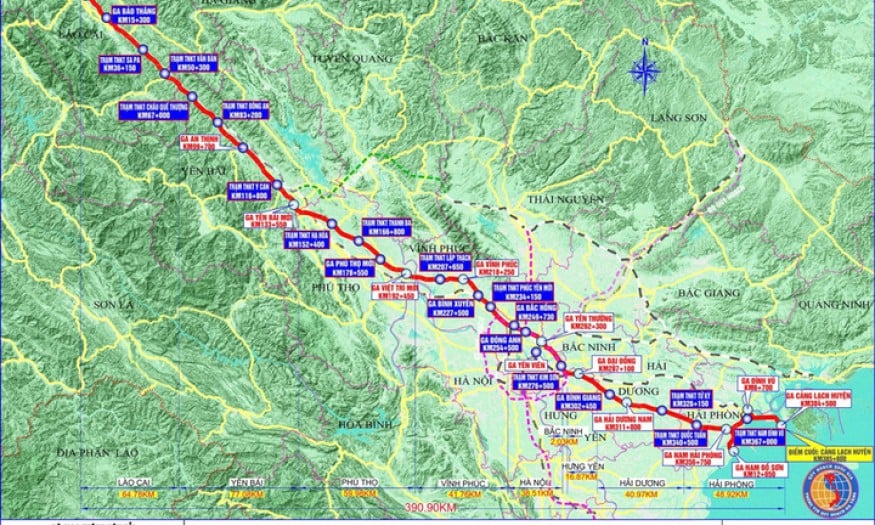















Comment (0)